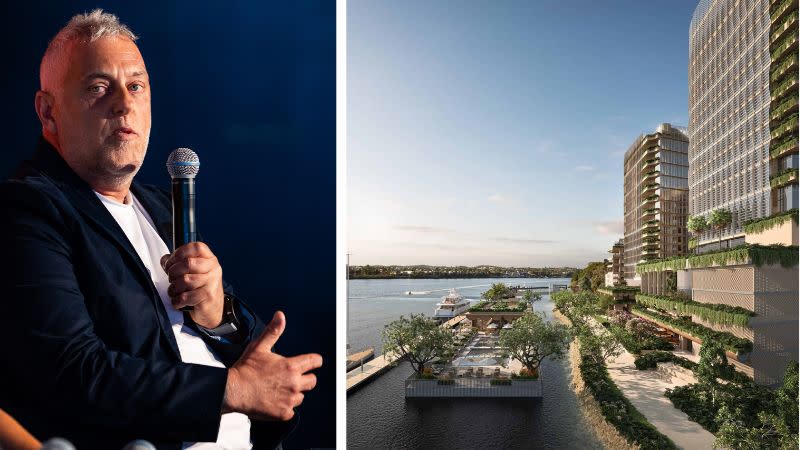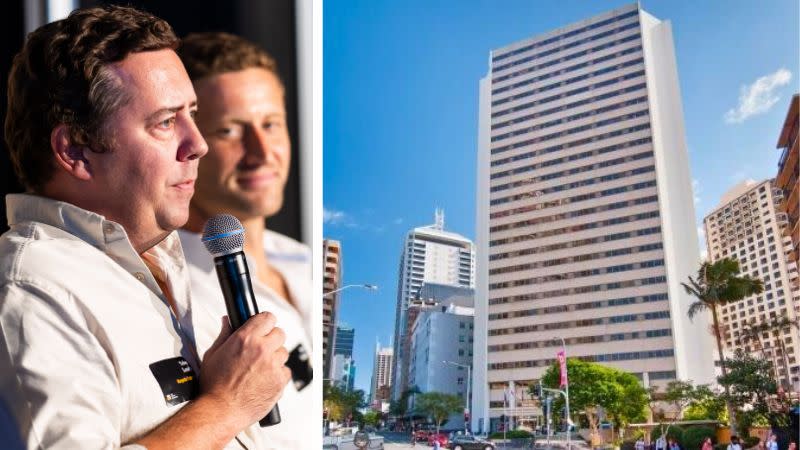The depth of buyers in Brisbane has finally arrived, but the undersupply of builders is holding the River City back.
So says Kokoda Property managing director Mark Stevens as his firm prepares to start work on its Teneriffe Banks three-tower project comprising 210 apartments, a Kimpton hotel, and 5000sq m of retail, office, food, drink and recreational space on the river.
Speaking at The Urban Developer Brisbane Long Lunch on December 12, Stevens said the market in the Queensland capital had shifted dramatically since he arrived 12 years ago.
“When I arrived in Brisbane we were selling for $10,000sq m ... our average price is [now] $4.8 million,” Stevens says.
“We sold product up to $50,000 a sq m at Tenneriffe, which shows the depth of Brisbane and is a reflection of not just our business but what Brisbane has to offer.
“There’s more than 20 apartments that have sold for more than $10 million.”
Stevens said he has three potential builders in his sights for Teneriffe Banks.
And, he says, it is really going to cost him to build the project, especially compared with his projects down south.

“If we were building [this] in Victoria we would be building this for a GFA of $3200 a metre. The same in Brisbane is $6800—that’s what we’ve allowed for in our feasibility.
“There’s not the same capacity there is in Melbourne.
“There needs to be some intervention or opportunities for Melbourne and Sydney builders to come up north.”
The developer says he hopes a hospital won’t go ahead simply so he can secure the builder that is likely to work on that job.
Marquette Properties managing director Toby Lewis says he has a different approach.
“We are not pure-play developers, but based on all the construction stuff Mark is talking about, and what Hutchies is telling me things are costing, the value is in buying existing things for us,” Lewis says.
“They’ve never been cheaper relative to the replacement cost.”

Marquette Properties is working on an office-to-student-accommodation conversion with Dexus on a 27-storey tower at 41 George Street, Brisbane.
Lewis says the investors want to enter the market in the River City as it has finally shaken off its “poor cousin” reputation and is in a downcycle.
“We spent 15 years going to Asia to talk about Brisbane and were often told to shut up,” Lewis says.
“They said if we were not talking about Sydney or Melbourne then we were wasting their time.
“Now they [investors] know all about Brisbane, they know about the construction issues, they know there’s hardly any builders, and know what office rent is doing.”
But while Brisbane developers are continuing to deal with an undersupply of builders and escalating construction costs as they compete with the state government and its infrastructure program, the prevailing mood is positive.
The shared feeling is that 2025 will be an improvement on this year, when developers expected they would have to do it themselves or not at all.




